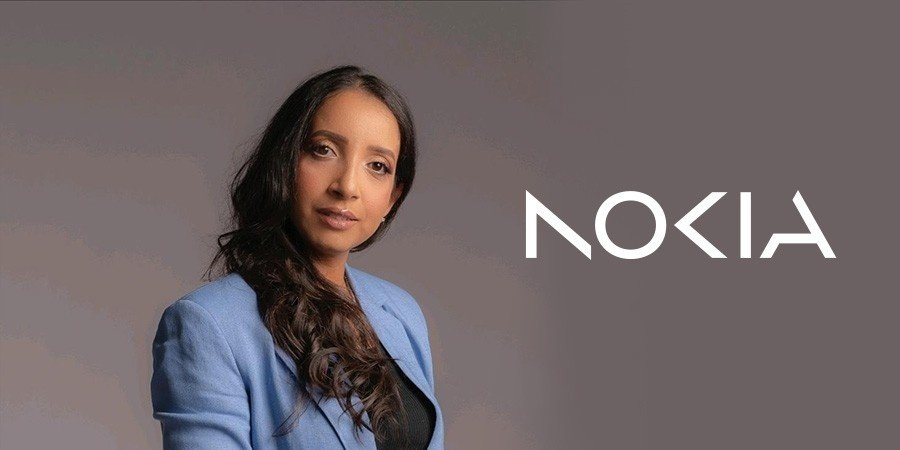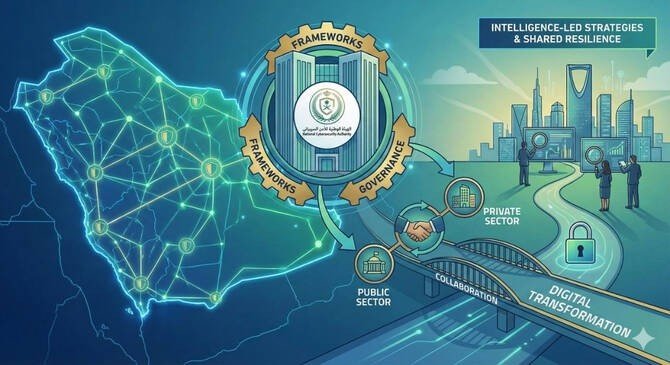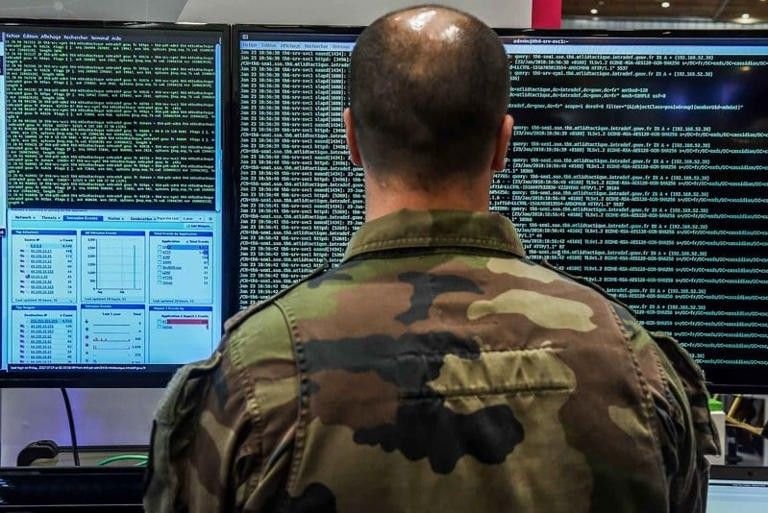By Safia Sayad, Head of North Africa, Cloud and Network Services, Nokia
A major cyberattack in East Asia earlier this year sent shockwaves through the global telecom industry. The breach targeted a core mobile network system — the Home Subscriber Server (HSS) — exposing millions of user credentials and forcing an operator to replace over 23 million SIM cards. Though geographically distant, the incident offers a stark warning for North Africa’s telecom sector, which is rapidly digitalizing and expanding.
The Growing Cyber Risk in North Africa
With more than 200 million mobile users and fast-rising internet penetration, telecom networks are central to North Africa’s economic and social transformation. From e-commerce in Egypt to smart cities in Morocco and fintech expansion in Tunisia, digital infrastructure now underpins key industries. However, this growing dependence also increases vulnerability.
Recent findings from Nokia’s Threat Intelligence Report reveal a rise in telecom-specific cyberattacks — from large-scale data harvesting operations like Salt Typhoon to ransomware and unauthorized intrusions leaking sensitive enterprise and government data. For North African nations building digital economies, such attacks could undermine public trust and disrupt critical services.
Why Generic Cybersecurity Tools Fall Short
Traditional IT security tools are inadequate for telecom environments. Networks built on complex, specialized systems demand telco-specific protections such as:
- AI-driven, real-time threat detection tailored for telecom traffic.
- Automated patch management to prevent exploit chains.
- Lightweight sensors ensuring protection without affecting performance.
As cyber threats become more automated and AI-driven, North African operators must evolve from reactive to anticipatory defense models — securing their systems before breaches occur.
Toward Self-Defending Networks
Future-ready telecom networks must embed intelligence, automation, and zero-trust principles into their architecture. AI is playing a key role — as seen in Nokia’s NetGuard Cybersecurity Dome, which uses generative AI powered by Microsoft Azure OpenAI GPT to enhance real-time threat analysis and decision-making.
Zero-Trust frameworks — where every user, device, and interaction is continuously verified — and automated incident response systems can drastically reduce the window of exposure. These capabilities are already being deployed in parts of Africa, helping operators preempt rather than react to cyber threats.
Strategic Priorities for North Africa’s Operators
To strengthen telecom security and resilience, the article highlights four priorities:
- 24/7 AI-Driven Threat Monitoring: Always-on defense using Extended Detection and Response (XDR) powered by GenAI.
- Protecting Core Network Functions: Detect and isolate abnormal infrastructure behavior early.
- Adopting Zero-Trust Models: Strict access controls and continuous verification for all network interactions.
- Enhancing Regulations and SOCs: Build regional cybersecurity frameworks and Security Operations Centers (SOCs) aligned with global best practices.
The East Asian cyberattack proved that no network is immune. For North Africa, where telecom systems fuel economic modernization and cross-border collaboration, building resilience is not optional — it’s essential.
In an increasingly connected world, cybersecurity is not about recovery—it’s about prevention. The time for governments, regulators, and operators in North Africa to act is now.















